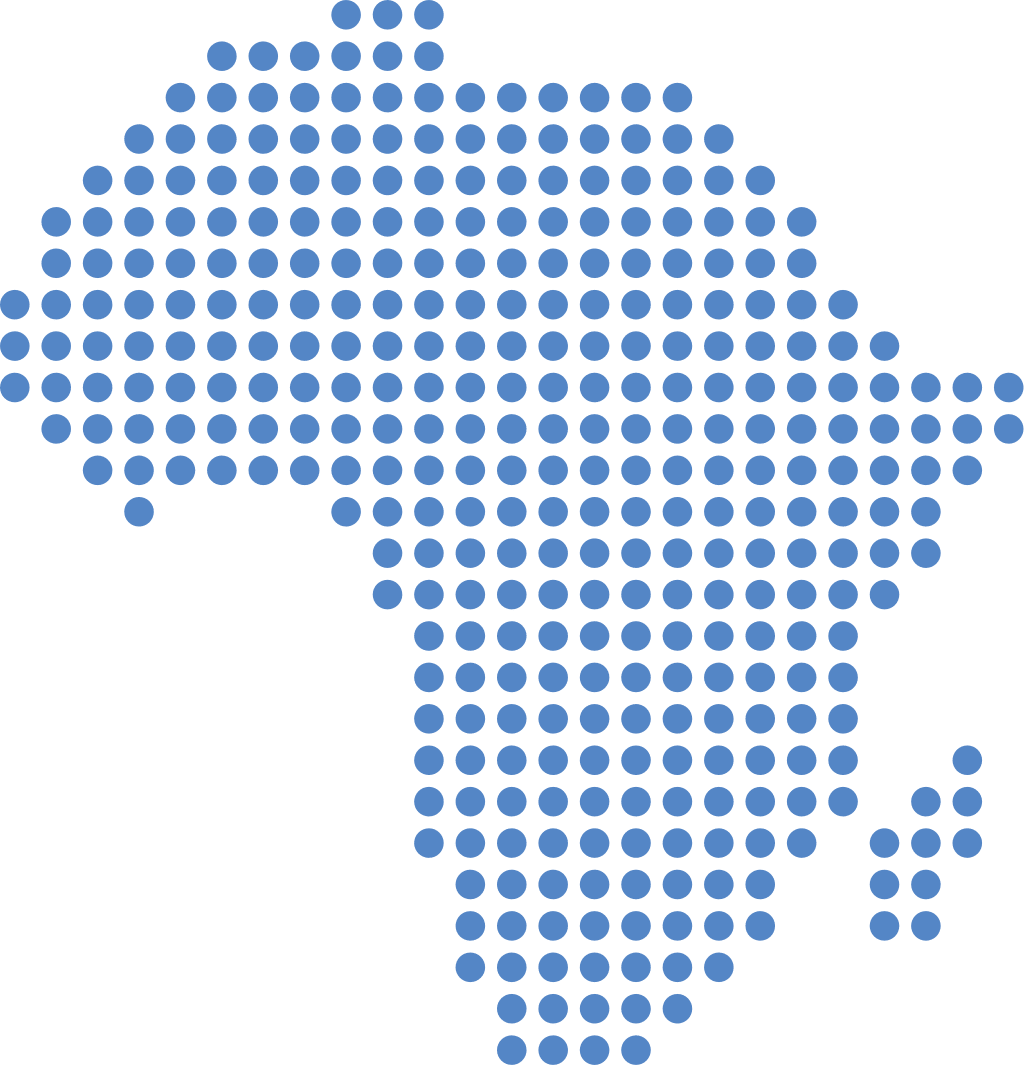In sub-Saharan Africa, women continue to face significant barriers in the fields of science, technology, and innovation (STI). Recognising the need for change, the Gender and Inclusivity Project helped bridge…
In sub-Saharan Africa, women continue to face significant barriers in the fields of science, technology, and innovation (STI). Recognising the need for change, the Gender and Inclusivity Project helped bridge this gap. The project was led by South Africa’s Human Sciences Research Council (HSRC) and supported by Gender at Work, Jive Media Africa, and CODESRIA. It ran from September 2020 to February 2023 to support science granting councils (SGCs) in transforming their structures and practices to be more inclusive and equitable.
Why Gender and Inclusivity Matters
Science and innovation shape our societies. But when half the population is left behind, the sector suffers. Research shows that only 30% of researchers in sub-Saharan Africa are women, and many national STI policies fail to reflect gender considerations. This project set out to change that.
SGCs are central to national innovation systems. They decide what research gets funded and what priorities are set. If these councils embed gender and inclusivity into their policies and practices, it can trigger broader change across scientific communities.
What the Project Did
The Gender and Inclusivity Project took a strategic, hands-on approach. It worked with SGCs in 17 African countries, including Ghana, Kenya, Nigeria, and Rwanda. The project aimed to:
- Assess local contexts by reviewing existing environments and identifying gaps and opportunities for gender transformation.
- Build skills and awareness through action-based learning tailored to each council’s needs.
- Embed inclusive policies by helping councils design and apply gender-aware strategies.
- Track progress by setting up tools to monitor and evaluate outcomes.
A standout feature of the project was its use of Gender Action Learning (GAL)—a peer-based method developed by Gender at Work. This participatory approach helped councils craft their own change agendas. Councils that couldn’t join GAL received Targeted Technical Assistance to implement key gender activities.
Real Results, Real Change
Councils responded with innovative and locally relevant actions. These included:
- Scholarships for female STEM students.
- Developing organisational gender policies.
- Launching mentorship programmes.
- Promoting women in scientific leadership.
- Supporting science in rural and marginalised communities.
- Creating grants specifically for women scientists.
Notably, the project encouraged councils to look beyond gender. Many addressed intersecting barriers like age, disability, and rural location.
The impact was clear at the project’s final Gender and Inclusivity Learning Summit, where councils shared their work and reflected on what they’d achieved. Videos and posters from this event, showcasing their progress and lessons learned, are available online.
Spotlight: Kenya and Botswana
In Kenya, the National Research Fund introduced a Gender Champions model, training staff to promote gender equity and challenge workplace stereotypes. This built internal support for more inclusive practices and policies.
In Botswana, the Department of Research, Science and Technology used the project to rally support for the WISETO Charter, a regional agreement to promote women in science. Engaging national stakeholders and forming partnerships with organisations like the UNDP laid the groundwork for long-term transformation.
What’s Next?
In 2023, the project evolved into a new phase: the Gender, Equality and Inclusivity (GEI) Project. This second three-year cycle continues the work, with an even stronger focus on building inclusive research grant-making systems.
This phase aims to:
- Create a common GEI policy roadmap for all SGCI members.
- Integrate GEI into every stage of the research funding process.
- Produce research on what inclusive environments look like and how to build them.
- Keep learning and sharing knowledge across countries and institutions.
Final Thoughts
The Gender and Inclusivity Project proved that change is possible—and that councils can be powerful agents of transformation. By making gender and inclusion a core part of science policy and funding, Africa’s research community is taking bold steps toward a more equitable future.
Themes
The SGCI aims to strengthen the capacities of these SGCs to support research and evidence-based policies that will contribute to economic and social development.

